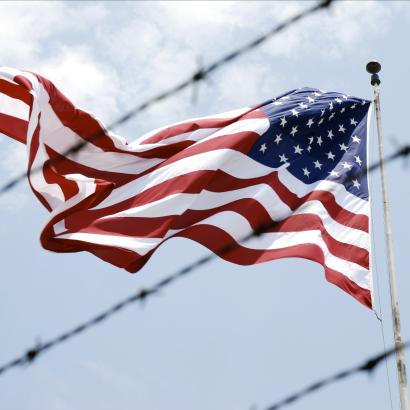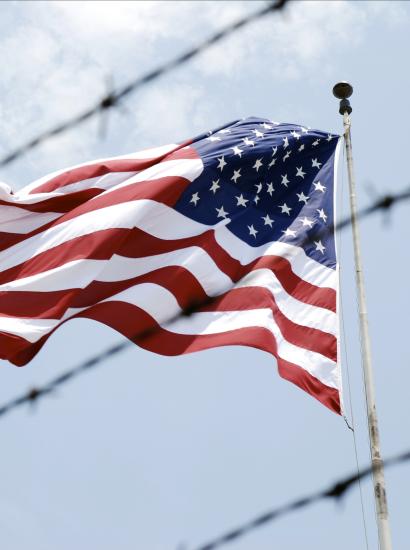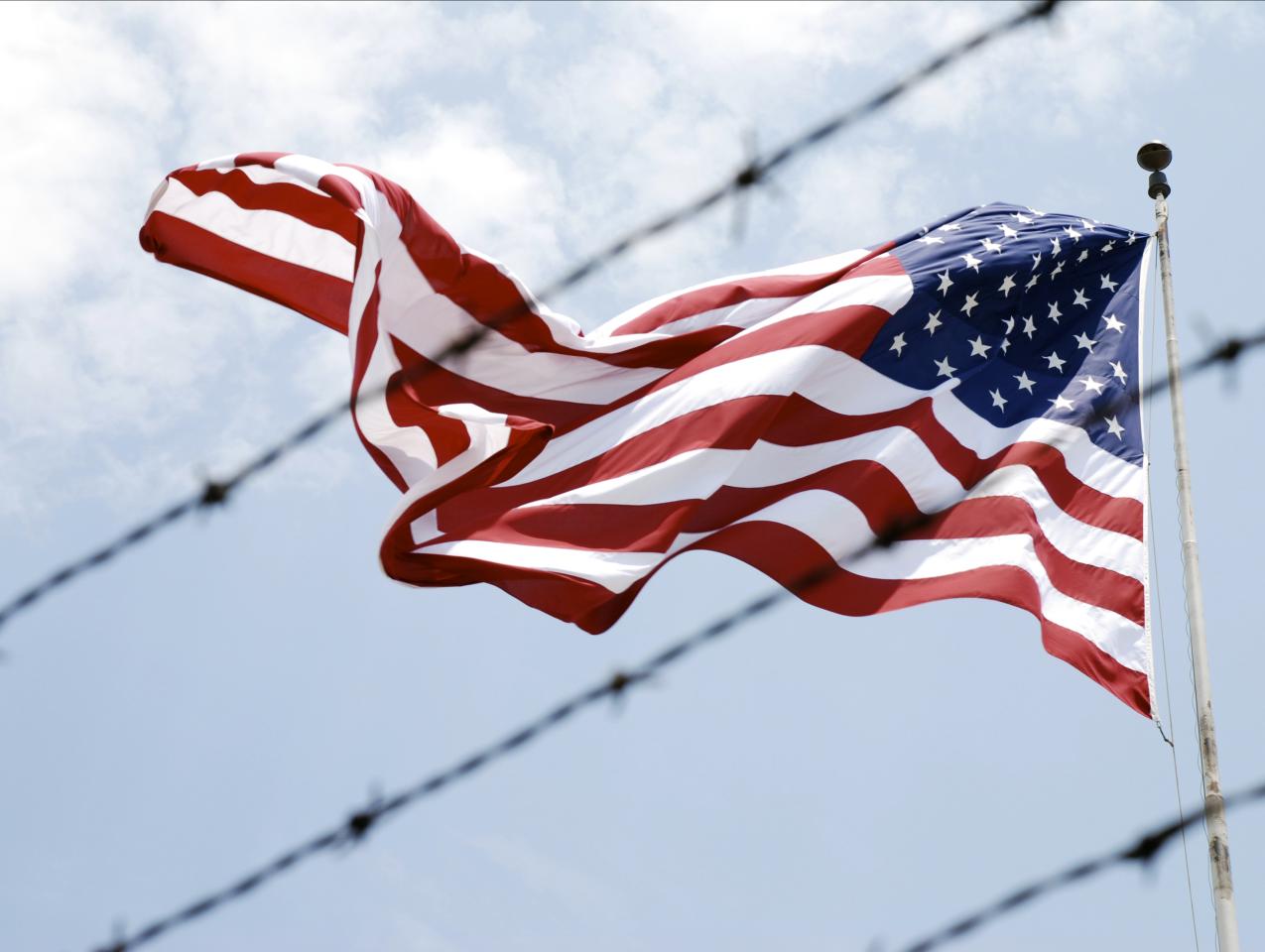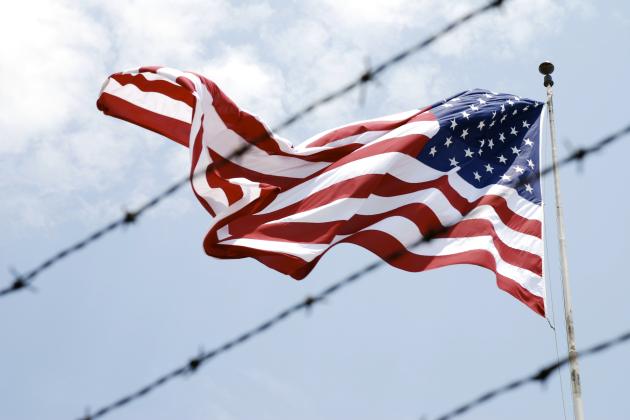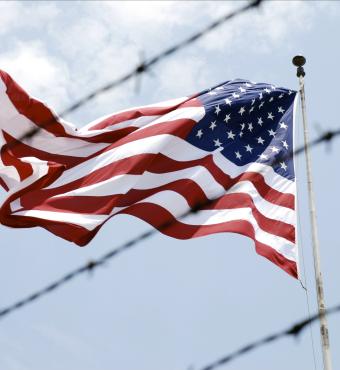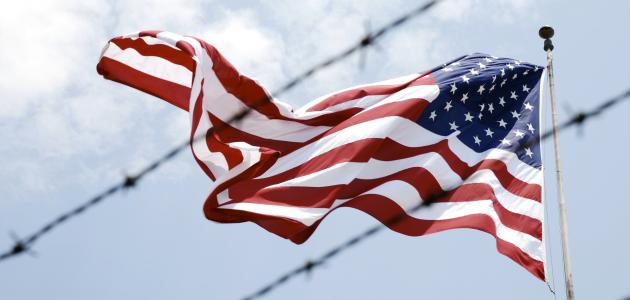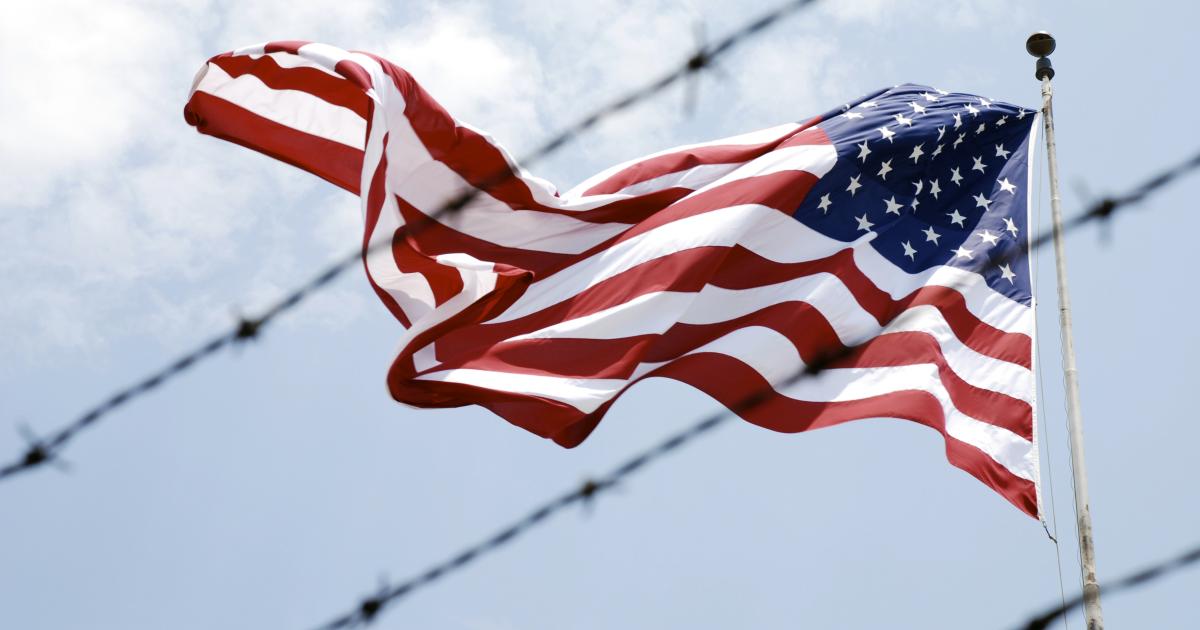- Law & Policy
- Immigration
- Politics, Institutions, and Public Opinion
- Campaigns & Elections
- Civil Rights & Race
As the 2016 presidential campaign kicks into high gear, voters are hearing calls from many candidates to step up immigration enforcement and secure the border. Such calls are not new, and the suggested methods for doing so–border walls, employment verification, and even increased deportations–have been part of the debate over immigration for decades. Most of these calls for action, however, are short on metrics. A secure border is usually demanded as a prerequisite of any discussion of what to do about the eleven million or so unauthorized immigrants currently living in the United States; but the meaning of a “secure border” goes undefined, and the question of whether the goal of enforcement is preventing all future illegal immigration goes unanswered.
The Bipartisan Policy Center recently published a report on enforcement metrics, noting that the government has never consistently published metrics on the success of its current enforcement efforts against unauthorized migration. The report suggests a specific set of metrics that would allow all sides in the immigration debate to be on the same page regarding the current state of border security and interior enforcement.
That report, however, does not call for a specific goal of zero illegal immigration. In fact, the report notes that there has never been anywhere a fully secure border. Even East Germany, at the height of the Cold War, with thirty-thousand soldiers, shoot-to-kill orders, and perpetual surveillance of the population by secret police, could only prevent 95 percent of the attempts to get to West Germany. Although I do not have empirical evidence, I think one would be hard-pressed to find any border, enforcement, or regulatory system of any kind created by any government that has been 100 percent successful in preventing or deterring unlawful activity.
So if getting to zero illegal immigration is unrealistic, what level of enforcement is realistic?
Basic economics would postulate that a certain “natural” level of immigration would be expected at a given level of enforcement activity. Enforcement agencies (and policy makers) would need to determine whether that level is acceptable and whether the marginal cost of attempting to reduce the level is worth it. To make such judgments, however, one needs to know how much enforcement effect the current level of spending and resources has achieved. So we are back to metrics.
Assuming that we did have the metrics with which to make such decisions, and assuming that some unlawful migration will not be prevented, deterred, or detected by enforcement, how should the government determine where to focus its enforcement resources? This is the foundation for a discussion of “prosecutorial discretion,” meaning is any specific unlawful activity of sufficient severity to be worth the cost to the government to go after it? As a broad policy measure, this requires setting priorities on which are the most important activities to prevent or deter. In general, the government tends to place threats to life, property, and national security at the top of that list.
Also to be considered is enforcement that protects the integrity of the system, that is, enforcement aimed at having a deterrent effect on the overall level of unlawful activity. When it comes to immigration, however, determining what enforcement activities can successfully deter unauthorized migration is tricky.
As our metrics paper explains, migration flows are based on various incentives and the cost-benefit determinations of millions of individuals across the globe. Whether the enforcement efforts of a government to prevent such migration factor into those determinations is also individualized. The incentives for immigration, lawful or unlawful, vary by individual but have historically included such factors as economic opportunity, family reunification, and improved safety and security. In other words, home country conditions and expectations for improvement in those conditions are a large factor, as are the chances of improving those conditions by migrating to the receiving country. The costs of migration are weighed against those incentives. The costs in this case include both the actual monetary costs of making the migration journey (transportation costs, document costs, facilitator costs) and the potential risks to the individual along the way. The chance of successfully entering the new country is also a part of the equation.
The choice between lawful or unlawful migration is also part of the decision. The factors in this choice include the chances of obtaining a legal visa (meeting requirements and qualifications, cost to apply, length of the process) versus the dangers and costs of unlawful migration and the chances of successfully crossing the border. In general, those who are able to migrate lawfully would normally choose that route. Those who are unable to do so because they cannot qualify under the legal migration scheme or cannot afford the costs may consider unlawfully migrating if the other incentives are high enough.
Note that the chances of apprehension are only one of the many factors involved in the migration decision. In our paper, we note that the deterrent effect of apprehension is not linear. In other words, to the migrant, the chance of apprehension has to be high (well more than 80 percent) before the number of attempts necessary for success is higher than a handful. Thus the costs to the government of achieving higher rates of apprehension are likely to be much higher than the costs to the migrant of additional attempts, meaning the cost of achieving more deterrence, especially in the face of strong factors, is likely to be high.
This means policy makers need to look at options to affect other parts of the migration decision. Employment verification would reduce the likelihood of getting unlawful employment. The availability of jobs outside the legal labor market, however, would mitigate that impact, requiring additional resources to ensure the enforcement of the employment verification regime. Additional interior enforcement to decrease the likelihood of establishing residence could also affect the migration decision, but with more than eleven million unauthorized currently resident, the costs of such enforcement would be in the billions of dollars.
Setting aside the moral and macroeconomic considerations of such high levels of enforcement, with sufficient incentives, a certain number of individuals will attempt to enter the United States unlawfully, and some portion of those will succeed. Policy makers must determine how many dollars they want to allocate to immigration enforcement versus other government priorities given that we can, in reality, never get to zero illegal immigration.







